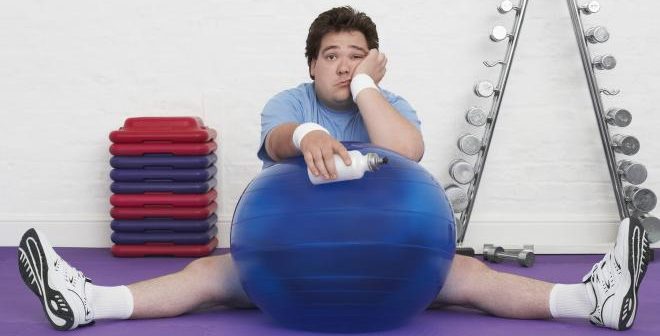We’ve all seen them before. Those regular gym goers you see most, if not every time you’re at the gym. They seem to train consistently but make no noticeable progress. I’m not saying everyone has the same goal, whether that be aesthetics, body composition, hypertrophy or strength. But to witness all areas stagnate and plateau can be indicative of poor training behaviors and habits.
The underlying training principle that these gym-goers lack is intensity and its closely associated sibling progressive overload.
Progressive overload and intensity are relative to the individual, and I believe are the two most important training principles that must be abided by.
Put simply, progressive overload is the gradual increase of stress placed upon the body during exercise. This means that ONE variable must be changed in order to increase the stress placed on the body. When applied to weight training, this means that either the weight, amount of reps or rest time between sets must be altered to increase the stress placed upon the body.
The variable which you decide to alter should reflect and be specific to your overall goal.
For example, a common goal involves undertaking strength or resistance training with the main focus of growing your muscles. This style of training involves a focus on what is known as hypertrophy.
Altering the repetition range and rest time would better induce a hypertrophic environment than simply increasing the weight and keeping the rep range low.
A rudimentary understanding of progressive overload is simply doing better than you did the week before. It is by doing better each week that forces your body to adapt to a new, challenging stimulus.
Without a constant progressive challenge, there can be no improvement.
Intensity, on the other hand, is much more elusive and specific to the individual. Exercise intensity refers to how hard your body is working during physical activity. Your relative health and fitness level will determine the ideal exercise intensity. This means that physical activity can be perceived as a high intensity workout for one individual but at the same time can be perceived as a low intensity workout for a more advanced athlete. It is often hard to objectively measure intensity in weight training.
For myself, I like to use a timer to ensure that rest periods between sets (and even between different exercises) do not go past 2 minutes. Using a timer keeps me honest, and ensures that I do not take unnecessarily long breaks that can disrupt the flow and intensity of my workout.
Chatting to a friend for 10 minutes or incessantly scrolling through your Facebook and Instagram newsfeeds will only serve to hinder your intensity.
Don’t get me wrong, I’ve committed these training sins before and occasionally still do. It is at this point of my monologue you might be asking, why is intensity important? Well, I am a firm believer that if you’re training at a challenging intensity, it will translate to an improved mental state and more importantly, an improved physical output.
For me, this process is self-reinforcing and forms an important part of the body’s positive feedback system during exercise.
However, I’ll admit that I’m no exercise science expert. I do not claim to possess a tertiary education in the subject matter or hold any pertaining qualifications. But I do have a sound understanding of the importance of basic training principles and their interaction with one another.
Put simply, the following holds true:
Intensity + progressive overload + consistency = progress.
Following this simple formula will set you up to progress for the long term.
Although there is a point of diminishing returns when it comes to the body’s adaptation to exercise, the basic training principles of the formula won’t change, only the numerical inputs.
In essence, going to the gym shouldn’t be easy. Simply going through the motions of training just will not cut it.
When you’re training, you should be constantly asking following questions that only you know the answers to:
“Am I challenging myself?”
“Could I have possibly done better than that?”
Don’t be lured by the easy way out, and don’t settle for mediocrity. Be honest with your progress by effectively applying the training principles of progressive overload and intensity, and don’t fool yourself by thinking that by doing the same routine week in, week out, you’ll make progress over the long run. Because you won’t, I can promise you.
The greatest enemy of progress is not stagnation, but false progress. – Sydney J. Harris

